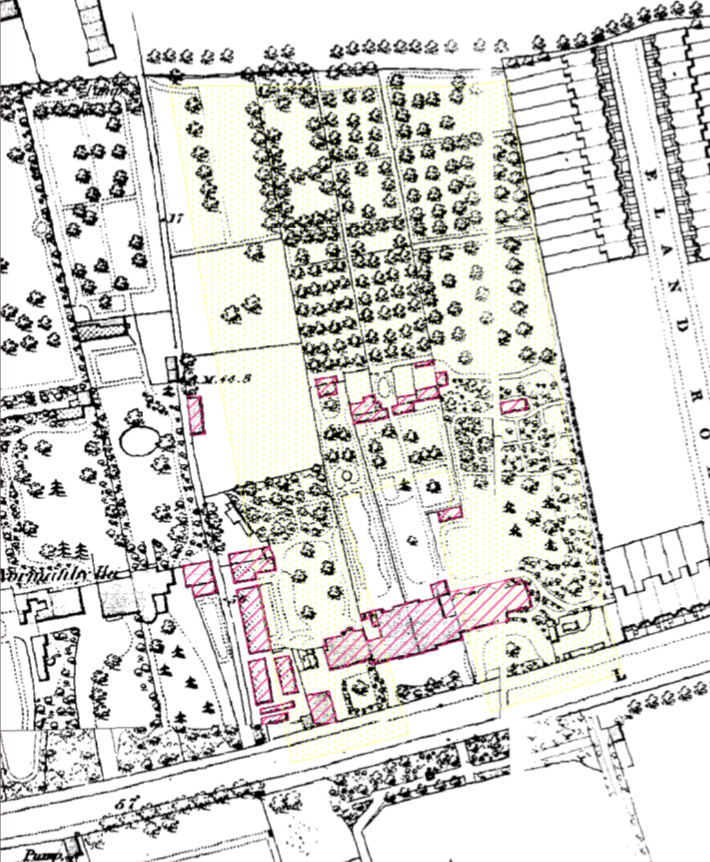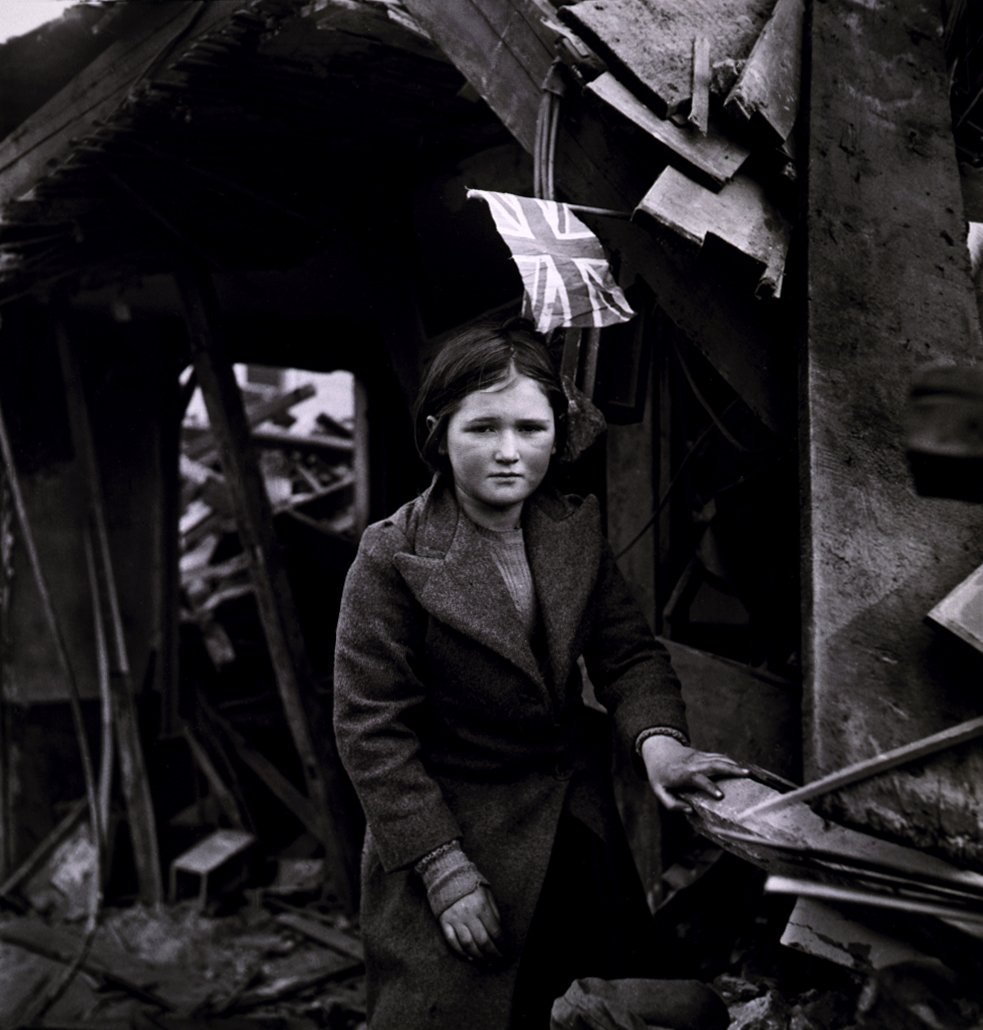|
Battersea Town Hall
Battersea Town Hall, originally the New Parochial Offices, Battersea, is a Grade II* listed municipal building in Battersea, south London, designed by Edward Mountford and erected between 1891 and 1893 by the Battersea vestry to provide public halls and office space for its staff. The building served for 72 years as the hub of municipal Battersea until the centre of local government was moved to neighbouring Wandsworth in 1965, after which it transitioned to use as a community and arts centre, latterly known as the Battersea Arts Centre. History Background A requirement for a town hall arose in Battersea in 1888, when the Battersea vestry regained autonomy from the Wandsworth District Board of Works under the Metropolis Management (Battersea and Westminster) Act of 1887. The Wandsworth board had assumed powers of local government of Battersea in 1855 from the Battersea vestry, but prodigious population growth in Battersea over the subsequent 30-years provided a rationale fo ... [...More Info...] [...Related Items...] OR: [Wikipedia] [Google] [Baidu] |
Battersea Arts Centre
The Battersea Arts Centre ("BAC") is a performance space specialising in theatre productions. Located near Clapham Junction railway station in Battersea, in the London Borough of Wandsworth, it was formerly Battersea Town Hall. It is a Grade II* listed building. In March 2015, while a major programme of renovation works were underway, the Grand Hall was severely damaged by fire. Approximately 70% of the theatre, including the 200-capacity Council Chamber, the Scratch Bar and the Members Library, was saved from the fire and remains open. History The building, designed in 1891 by E. W. Mountford, opened in 1893 as Battersea Town Hall, the administrative headquarters of the Borough of Battersea, shortly after the borough was transferred from the county of Surrey to the newly formed County of London. It is built from Suffolk red brick and Bath stone, on the site of Jane Seniors ''Elm House'', a villa with a small wooded estate. Bertrand Russell's essay ''Why I Am Not a Chr ... [...More Info...] [...Related Items...] OR: [Wikipedia] [Google] [Baidu] |
Jane Senior
Jane Nassau Senior (1828–1877) was Britain's first female civil servant, and a philanthropist. She was co-founder of the Metropolitan Association for Befriending Young Servants (MABYS). Life Senior was born Jane Elizabeth Hughes at Uffington on 10 December 1828, daughter of John Hughes and the only sister of the author Thomas Hughes and five other brothers. Senior did relief work for material aid for the victims of the Franco-Prussian War of 1870 as part of the inceptive National Society for Aid to Sick and Wounded in War, in 1905 reconstituted as the British Red Cross. She directed many practicalities for handling these donations. Work with impoverished children in Surrey led to Senior's appointment in 1873, as an assistant inspector of workhouses. This post was given to her by James Stansfeld, against civil service opposition. The goal of the post was a Civil Service ''Report'', which she framed as covering both pauper girls as school children, and their histories after s ... [...More Info...] [...Related Items...] OR: [Wikipedia] [Google] [Baidu] |
Putto
A putto (; plural putti ) is a figure in a work of art depicted as a chubby male child, usually naked and sometimes winged. Originally limited to profane passions in symbolism,Dempsey, Charles. ''Inventing the Renaissance Putto''. University of North Carolina Press, Chapel Hill and London, 2001. the putto came to represent the sacred cherub (plural cherubim), and in Baroque art the putto came to represent the omnipresence of God. A putto representing a cupid is also called an amorino (plural amorini) or amoretto (plural amoretti). Etymology The more commonly found form ''putti'' is the plural of the Italian word ''putto''. The Italian word comes from the Latin word ''putus'', meaning "boy" or "child". Today, in Italian, ''putto'' means either toddler winged angel or, rarely, toddler boy. It may have been derived from the same Indo-European root as the Sanskrit word "putra" (meaning "boy child", as opposed to "son"), Avestan ''puθra''-, Old Persian ''puça''-, Pahlavi (Middle ... [...More Info...] [...Related Items...] OR: [Wikipedia] [Google] [Baidu] |
Building (magazine)
''Building'' is one of the United Kingdom's oldest business-to-business magazines, launched as ''The Builder'' in 1843 by Joseph Aloysius Hansom – architect of Birmingham Town Hall and designer of the Hansom Cab. The journal was renamed ''Building'' in 1966 as it is still known today. ''Building'' is the only UK title to cover the entire building industry. History ''The Builder's'' first two editors, Hansom and Alfred Bartholomew (1801–1845), did not last long in the job. The architect George Godwin (1813–1888) was editor from 1844 to 1883, and turned ''The Builder'' "into the most important and successful professional paper of its kind with a readership well beyond the architectural and building world." Godwin apparently wrote most of the content himself, relying on a staff of just five people. His successor, Henry Heathcote Statham (1839–1924), edited the journal from 1883 to 1908. Rival publication ''The British Architect and Northern Engineer'', founded as ''The ... [...More Info...] [...Related Items...] OR: [Wikipedia] [Google] [Baidu] |
Battersea Town Hall - Staircase And First Floor Corridors
Battersea is a large district in south London, part of the London Borough of Wandsworth, England. It is centred southwest of Charing Cross and extends along the south bank of the River Thames. It includes the Battersea Park. History Battersea is mentioned in the few surviving Anglo-Saxon geographical accounts as ''Badrices īeg'' meaning "Badric's Island" and later "Patrisey". As with many former parishes beside tidal flood plains the lowest land was reclaimed for agriculture by draining marshland and building culverts for streams. Alongside this was the Heathwall tide mill in the north-east with a very long mill pond regularly draining and filling to the south. The settlement appears in the Domesday Book of 1086 as ''Patricesy'', a vast manor held by St Peter's Abbey, Westminster. Its ''Domesday'' Assets were: 18 hides and 17 ploughlands of cultivated land; 7 mills worth £42 9s 8d per year, of meadow, woodland worth 50 hogs. It rendered (in total): £75 9s 8d. The p ... [...More Info...] [...Related Items...] OR: [Wikipedia] [Google] [Baidu] |
Battersea Town Hall - Imperial Staircase
Battersea is a large district in south London, part of the London Borough of Wandsworth, England. It is centred southwest of Charing Cross and extends along the south bank of the River Thames. It includes the Battersea Park. History Battersea is mentioned in the few surviving Anglo-Saxon geographical accounts as ''Badrices īeg'' meaning "Badric's Island" and later "Patrisey". As with many former parishes beside tidal flood plains the lowest land was reclaimed for agriculture by draining marshland and building culverts for streams. Alongside this was the Heathwall tide mill in the north-east with a very long mill pond regularly draining and filling to the south. The settlement appears in the Domesday Book of 1086 as ''Patricesy'', a vast manor held by St Peter's Abbey, Westminster. Its ''Domesday'' Assets were: 18 hides and 17 ploughlands of cultivated land; 7 mills worth £42 9s 8d per year, of meadow, woodland worth 50 hogs. It rendered (in total): £75 9s 8d. The p ... [...More Info...] [...Related Items...] OR: [Wikipedia] [Google] [Baidu] |





